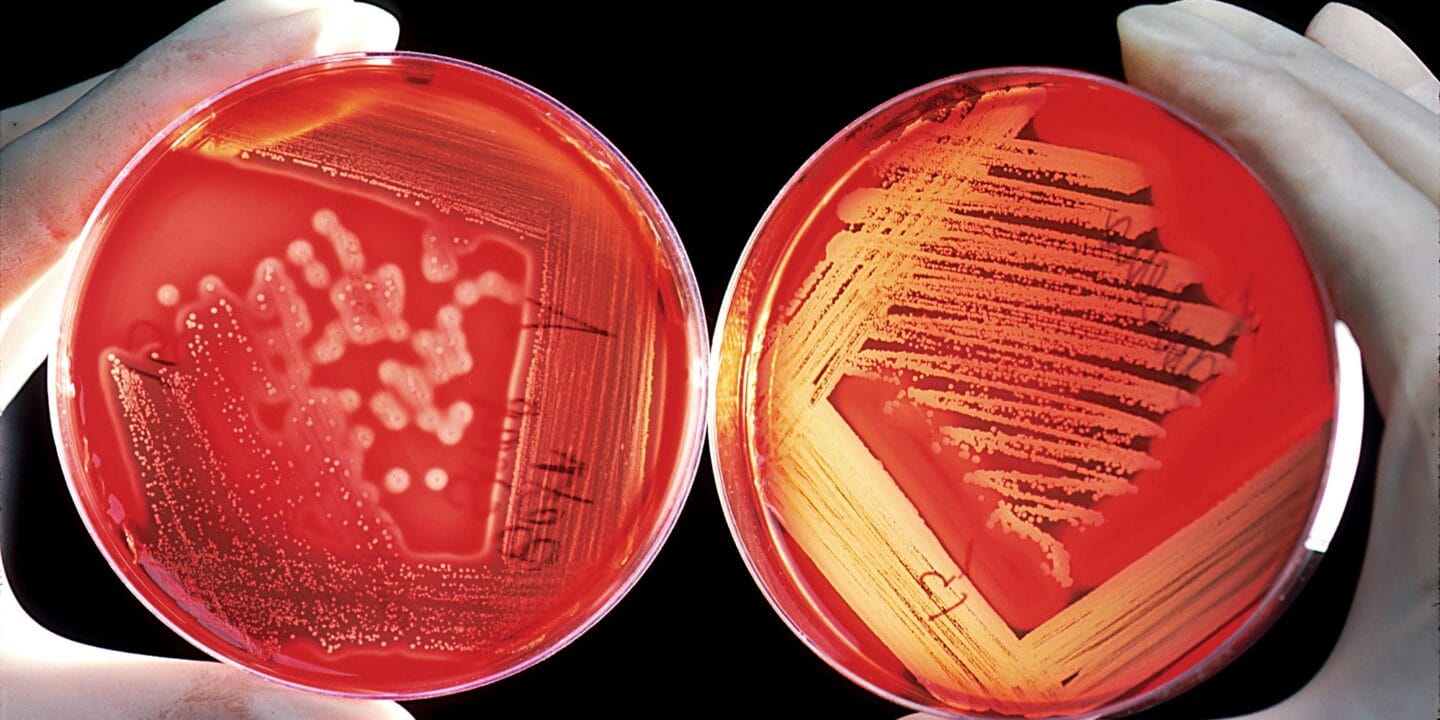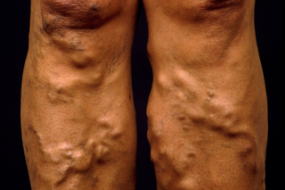
Bacterial vaginosis is the chief cause of vaginal discharge in women of childbearing age. It is caused by Gardnerella vaginalis
Pathophysiology
Altered microbiota of the vagina. A low concentration of Lactobacilli leads to an increased concentration of more diverse bacterial species such as Gardnerella vaginalis. There’s a production of volatile amines by the new bacterial microbiota. The pH is > 4.5
Risk factors
- Sexual activity – but is not a sexually transmitted infection(STI)
- Presence of other STI
- Vaginal douching
- Smoking
- Pregnancy
- Intrauterine devices
Clinical presentation
- 50 to 75% are asymptomatic
- Vaginal discharge- milky or gray with fishy odor, homogeneous
- Pruritus and inflammation are uncommon
- May cause acute cervicitis
Complications (disease consequences)
- Preterm delivery in pregnant women
- It is a risk factor for postabortal infection and plasma cell endometritis
- Pelvic inflammatory disease
- Precancerous lesions
- Acquisition of other STIs
Diagnosis
- Amsel criteria;
- Homogeneous, thin, gray-white discharge
- pH > 4.5
- Positive whiff amine test
- Clue cells on saline wet mount
- Gram stain- the gold standard
- Cytology- not reliable for diagnosis
*culture has no role
Differential diagnosis
- Atrophic vaginitis
- Trichomoniasis
- Candidal vulvovaginitis
Management
- Reassurance, if not symptomatic
- Metronidazole 2g stat or 400mg bd for 5 to 7 days
- Alternative; metronidazole cream or Clindamycin
- Probiotics- no sufficient evidence for their use
- Recurrent disease;- more than three episodes in 12 months
- Use a different agent from the one used, followed by a long-term maintenance regimen consisting of metronidazole vaginal gel
Prevention
- Condom use
- Hormonal contraception












